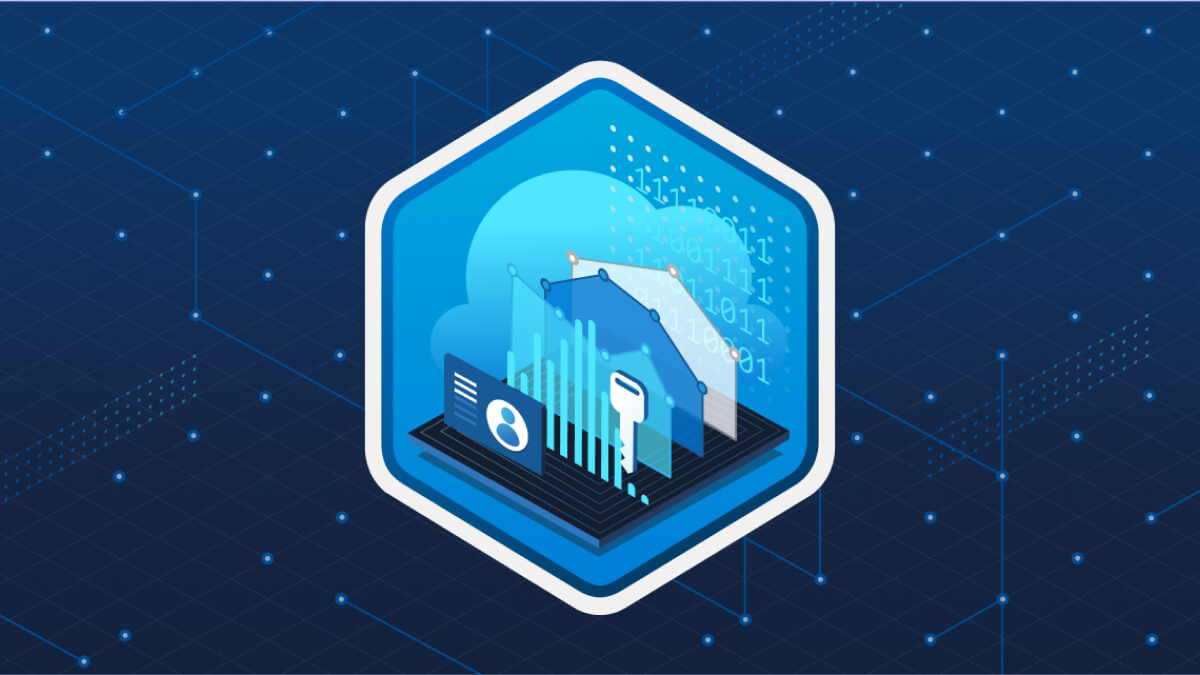A recent double whammy in the tech world saw major outages impacting Microsoft’s Azure cloud platform and CrowdStrike’s Falcon security software, causing disruptions across various sectors. However, Microsoft has confirmed that these incidents are unrelated.
Yesterday evening, a significant issue began with Microsoft’s Azure platform, disrupting services for many users. Azure, the company’s flagship cloud computing platform, supports various applications and services, including Microsoft 365, which encompasses widely used tools like Teams, SharePoint, and OneDrive. A Microsoft spokesperson clarified that the cause was a configuration change in Azure’s backend workloads, which led to connectivity issues. This disruption grounded flights at American airlines such as Frontier Airlines and Sun Country Airlines, illustrating the far-reaching impact of cloud service outages.
By Friday morning, while Microsoft was still working to fully restore services, another crisis hit. CrowdStrike, a prominent cybersecurity firm, released a flawed update for its Falcon security software. The update included a defective kernel driver that caused Windows computers worldwide to crash, displaying the infamous Blue Screen of Death (BSOD). This led to widespread issues, affecting hospitals, banks, and other critical infrastructure.
The kernel is the core part of an operating system, managing system resources and communication between hardware and software. A kernel driver operates at this deep level, allowing software to interact directly with the hardware. Security software like CrowdStrike’s Falcon requires such deep access to effectively monitor and protect against threats. However, this access also means that any flaw can have severe consequences, as seen in this case.
Despite the timing, Microsoft quickly addressed speculation about a connection between the two events. “The two major outages are not related,” a Microsoft spokesperson told Wired, emphasizing that the Azure issue stemmed from an internal configuration change, whereas CrowdStrike’s problems were due to a “broken” update to a kernel driver.
CrowdStrike CEO George Kurtz acknowledged the severity of the issue, stating, “The issue has been identified, isolated, and a fix has been deployed.” Kurtz emphasized that this was not a cyberattack but rather an unfortunate error in the update process. The fix involves rebooting affected systems in safe mode and manually deleting the problematic file, which presents a significant challenge given the scale of the issue.
These incidents highlight the global reliance on a few major tech companies for critical services. When a single piece of software can cause such widespread disruption, it underscores the interconnectedness and fragility of our digital infrastructure. Ciaran Martin, former head of the UK’s National Cyber Security Center, remarked, “This is a very, very uncomfortable illustration of the fragility of the world’s core internet infrastructure.”
Such events raise questions about the responsibilities and liabilities of software companies. Unlike other industries, software providers often face minimal penalties for disruptions, leading some experts to call for more stringent accountability measures.
As the tech world grapples with the aftermath, it’s clear that both Microsoft and CrowdStrike are working diligently to restore normalcy. While Microsoft has primarily resolved the Azure issues, many systems affected by the CrowdStrike update still require manual intervention to become fully operational.
Ultimately, these incidents remind us of the importance of robust testing and contingency planning in software development, especially for tools that form the backbone of our digital lives. As technology continues to evolve, ensuring the stability and security of these systems remains paramount.
